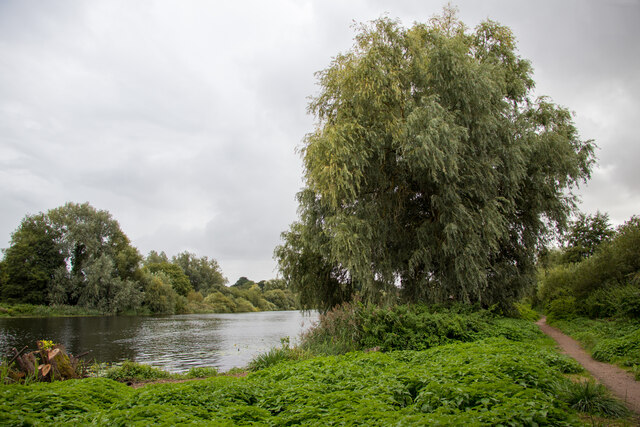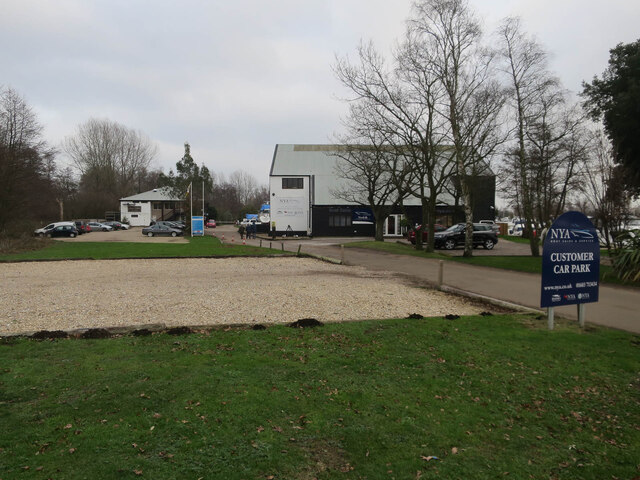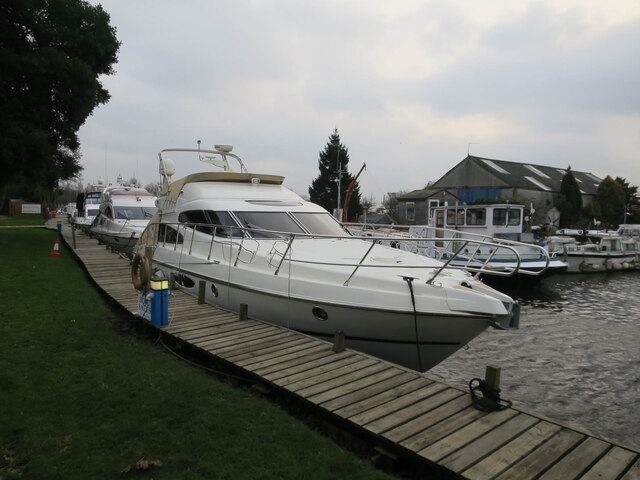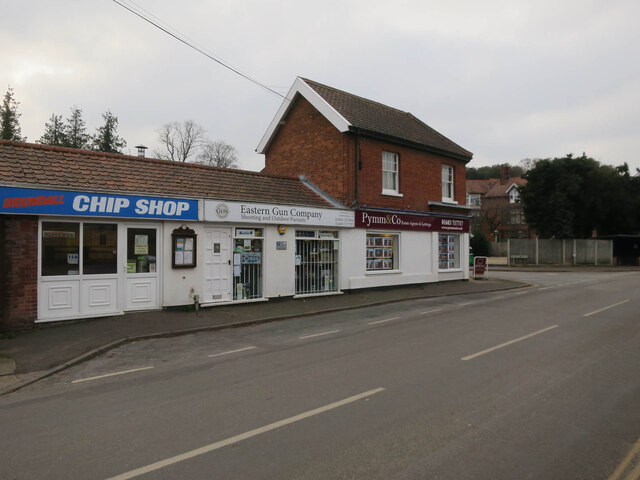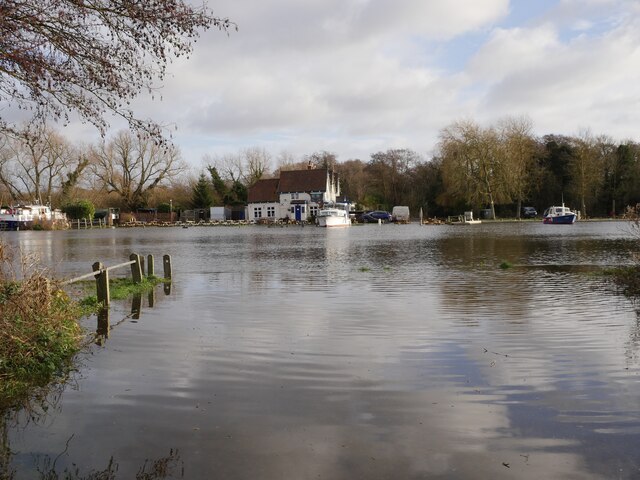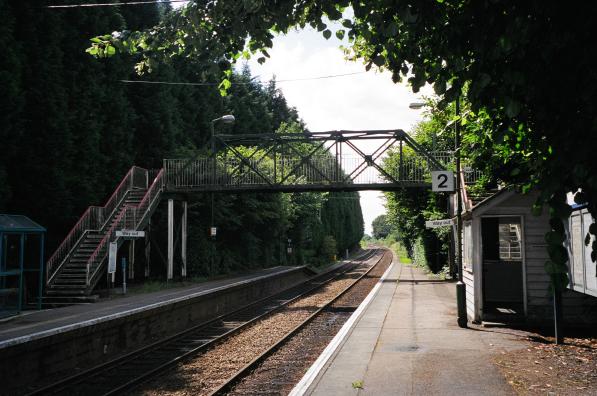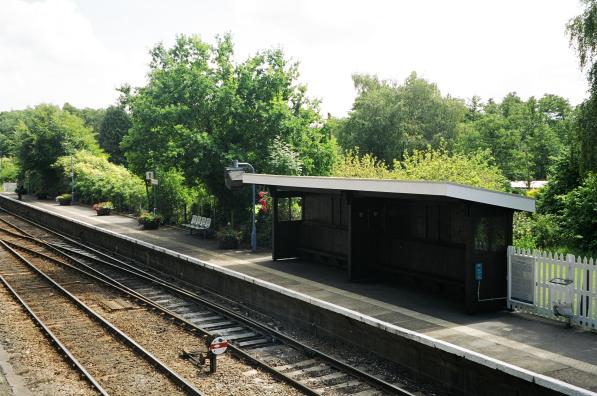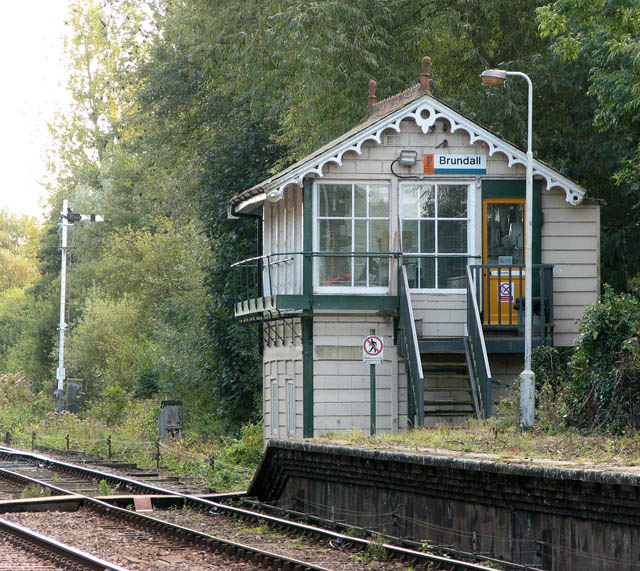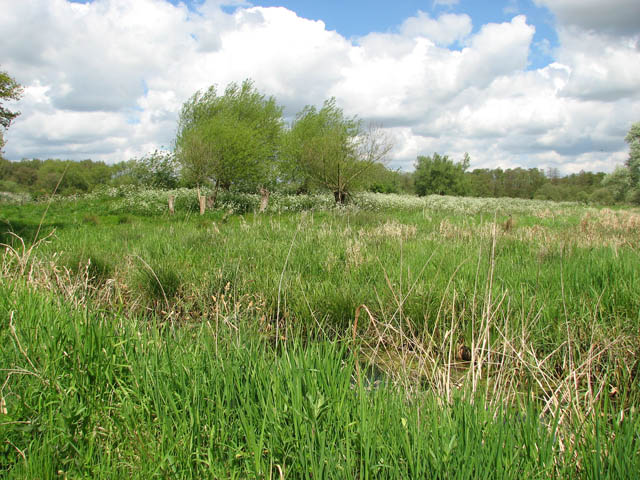Brundall Broad
Lake, Pool, Pond, Freshwater Marsh in Norfolk Broadland
England
Brundall Broad
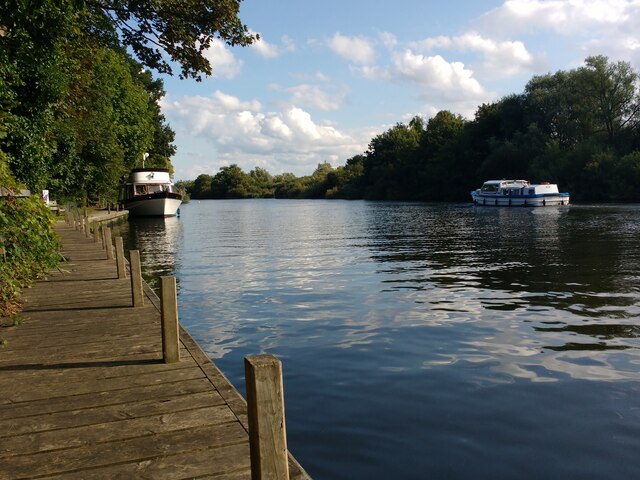
Brundall Broad is a picturesque freshwater marsh located in the county of Norfolk, England. It is situated in the village of Brundall, just a few miles east of the city of Norwich. The broad, also known as Brundall Lake or Brundall Pool, covers an area of approximately 50 acres.
The broad is an important natural habitat for a wide variety of wildlife, including birds, fish, and plants. Its shallow and calm waters provide an ideal environment for many species of waterfowl, such as swans, ducks, and geese. The marshy vegetation surrounding the broad is home to numerous insects and amphibians.
Visitors can explore the broad by boat or kayak, taking in the serene beauty of the surrounding landscape. The water is navigable, and there are several public boat ramps and mooring spots along its edges. Fishing is also a popular activity at Brundall Broad, with anglers often catching species such as pike, perch, and roach.
The broad is surrounded by lush woodlands and open fields, making it a great place for walkers and nature enthusiasts. A network of footpaths and trails meanders through the area, allowing visitors to discover the diverse flora and fauna that call Brundall Broad home.
Overall, Brundall Broad is a tranquil and scenic spot, offering a peaceful escape from the hustle and bustle of everyday life. Its rich biodiversity and natural beauty make it a must-visit destination for anyone seeking to immerse themselves in Norfolk's stunning countryside.
If you have any feedback on the listing, please let us know in the comments section below.
Brundall Broad Images
Images are sourced within 2km of 52.62227/1.4259802 or Grid Reference TG3108. Thanks to Geograph Open Source API. All images are credited.
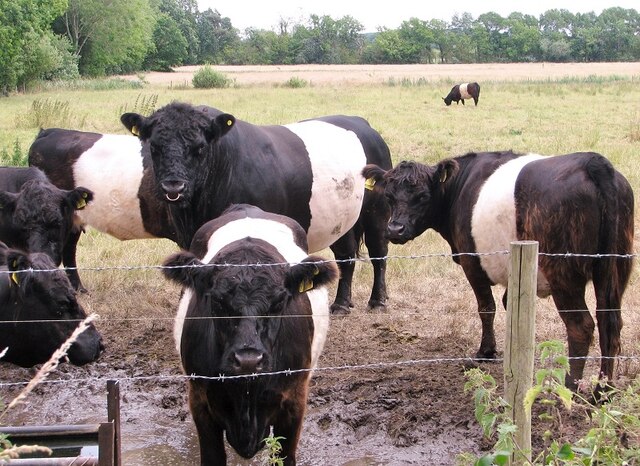
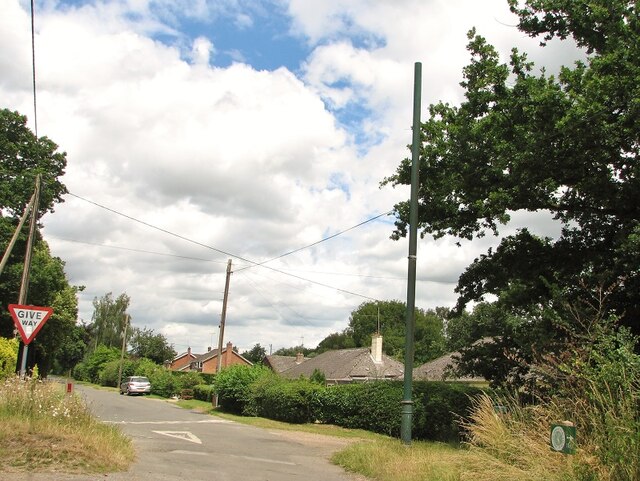
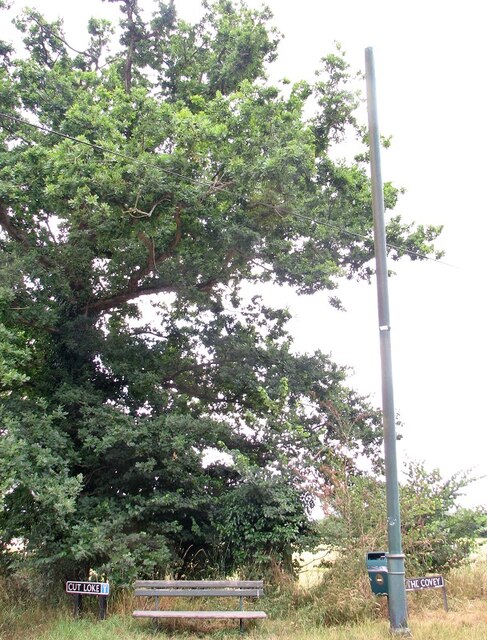
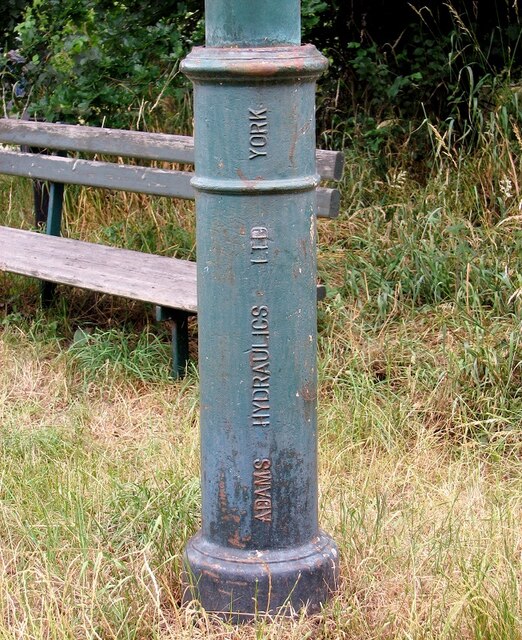
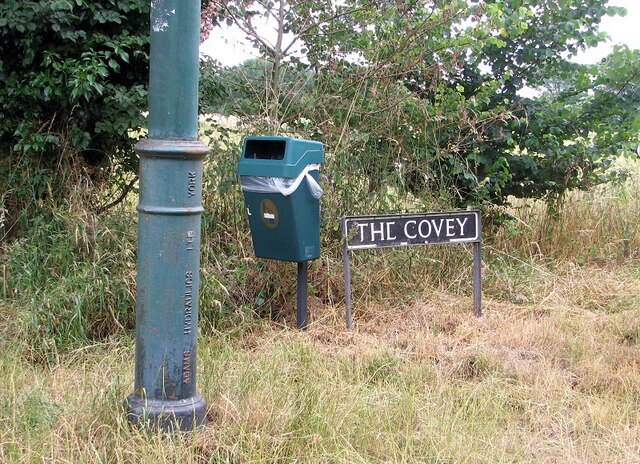
Brundall Broad is located at Grid Ref: TG3108 (Lat: 52.62227, Lng: 1.4259802)
Administrative County: Norfolk
District: Broadland
Police Authority: Norfolk
What 3 Words
///awaiting.stoppage.loosed. Near Brundall, Norfolk
Nearby Locations
Related Wikis
Brundall Gardens railway station
Brundall Gardens railway station is on the Wherry Lines in the East of England, serving the western side of the village of Brundall, Norfolk. It is 4 miles...
Brundall
Brundall is a village and civil parish in the English county of Norfolk. It is located on the north bank of the River Yare opposite Surlingham Broad and...
Brundall railway station
Brundall railway station is on the Wherry Lines in the east of England, serving the village of Brundall, Norfolk. It is 5 miles 60 chains (9.3 km) down...
Brundall signal box
Brundall signal box is a Grade II listed former Great Eastern Railway signal box on Brundall railway station in Norfolk, England. Located on the Wherry...
Surlingham Church Marsh RSPB reserve
Surlingham Church Marsh is a small RSPB nature reserve in the Norfolk Broads, England. It is part of Yare Broads and Marshes Site of Special Scientific...
Postwick with Witton
Postwick with Witton ( ) is a civil parish on the Broads in the English county of Norfolk, comprising the two adjacent villages of Postwick and Witton...
Lesingham House
Lesingham House is a country house in Surlingham, Norfolk, England, part of which was supposedly built in 1655. == History == Lesingham House was supposedly...
Surlingham
Surlingham is a village and civil parish in the South Norfolk district of Norfolk situated on the Broads in eastern United Kingdom. It lies approximately...
Nearby Amenities
Located within 500m of 52.62227,1.4259802Have you been to Brundall Broad?
Leave your review of Brundall Broad below (or comments, questions and feedback).

